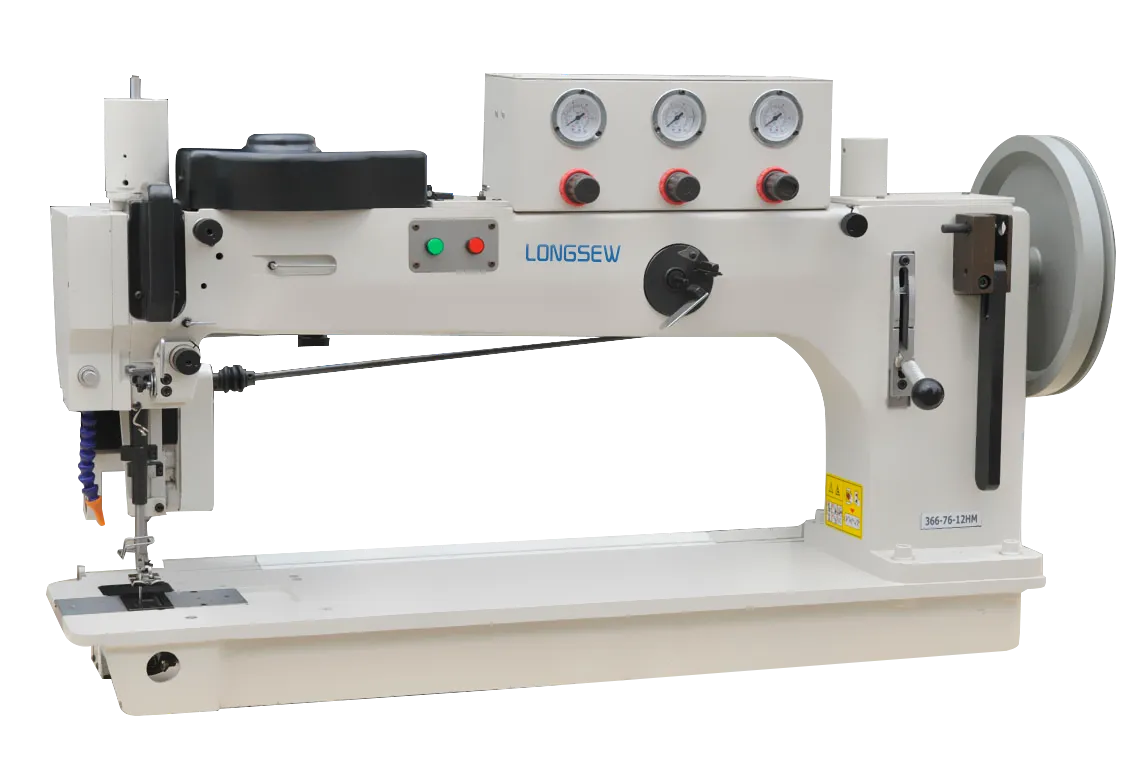Innovative Technologies in Leather Production Machinery and Equipment Solutions
The Evolution and Importance of Leather Machinery in the Industry
Leather production is a complex and multifaceted process that dates back thousands of years. As demand for leather goods has grown, so too has the machinery that is utilized to process and manufacture leather. Today, leather machinery plays a crucial role in transforming raw hides into the finished products that consumers see on the market, such as shoes, bags, jackets, and upholstery.
Historical Context
Historically, the tanning and processing of leather were labor-intensive processes carried out by skilled craftsmen. These artisans relied on rudimentary tools and manual labor to convert animal hides into usable leather. However, with the Industrial Revolution in the 18th and 19th centuries, the introduction of mechanized processes began to transform this ancient craft. The advent of steam power and later electricity allowed for the development of machines that could perform tasks more quickly and efficiently.
Types of Leather Machinery
1. Tanning Machines The tanning process is the most critical step in leather production, as it preserves and enhances the hide's properties. Modern tanning machines automate this process, ensuring that the hides are treated uniformly and efficiently. Various tanning methods, such as vegetable tanning or chrome tanning, utilize different machinery to achieve specific qualities in leather.
2. Shaving and Splitting Machines After tanning, hides may need to be shaved or split to achieve desirable thickness and texture. Shaving machines use rotating blades to cut down the thickness of the leather, while splitting machines separate the hide into layers for distinct uses, such as the top grain and split leather.
leather machinery

3. Dyeing Machines Color is a significant aspect of leather products, and dyeing machines have evolved to provide consistent and vibrant results. Modern dyeing equipment can handle large batches and offer precise control over color application, ensuring that the final product meets both aesthetic and quality standards.
4. Finishing Machines Once the leather has been dyed, it undergoes several finishing processes to enhance its durability and appearance. Finishing machines apply coatings, emboss textures, or polish the leather, giving it that final touch before it is sent to manufacturers for cut and assembly into various products.
5. Sewing and Cutting Machines The final phase of leather production involves cutting and stitching the material into wearable or usable items. Automated cutting machines ensure precision and efficiency, while high-speed sewing machines allow for the quick assembly of leather goods, reducing lead times and labor costs.
The Role of Technology
Today, advancements in technology have led to the development of smart leather machinery equipped with automation and robotics. These innovations not only improve production efficiency but also enhance the craftsmanship involved in leather goods manufacturing. For instance, computer-controlled cutting machines can optimize leather usage, reducing waste and lowering costs. Additionally, eco-friendly leather processing equipment has been developed to meet increasing demands for sustainable practices in the industry.
Conclusion
In conclusion, the evolution of leather machinery has been fundamental to the growth and efficiency of the leather industry. As technology continues to advance, the machinery involved in the tanning and production of leather will undoubtedly become even more sophisticated. The integration of automation and sustainable practices will not only streamline production processes but also cater to the growing consumer demand for environmentally responsible products. As we step into the future, the innovation behind leather machinery will remain central to the craft, ensuring that it adapts and thrives in a changing market.
-
Boost Production Efficiency with a Pattern Sewing MachineNewsAug.29,2025
-
Industrial Excellence with the Best Heavy Duty Sewing MachineNewsAug.29,2025
-
Precision and Power with the Best Pattern Sewing MachineNewsAug.29,2025
-
Reliable Bulk Packaging Starts With the Right FIBC Sewing MachineNewsAug.29,2025
-
Advanced Packaging Solutions: Elevate Productivity with Jumbo Bag Sewing Machine and Industrial Stitching EquipmentNewsAug.29,2025
-
High-Performance Solutions for Bulk Packaging: FIBC Sewing Machine and MoreNewsAug.29,2025
-
Maximize Efficiency with an Industrial Cylinder Arm Sewing MachineNewsAug.28,2025


























